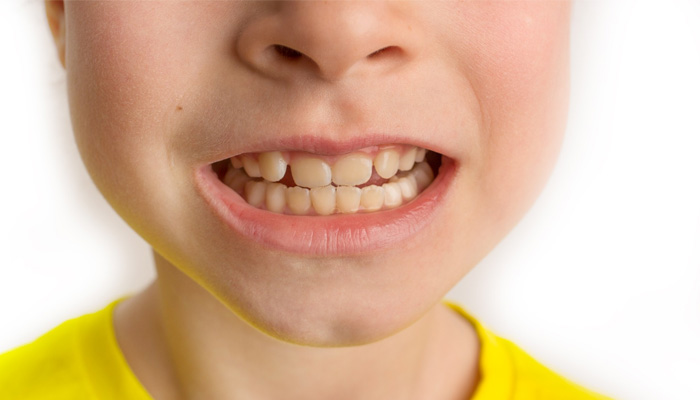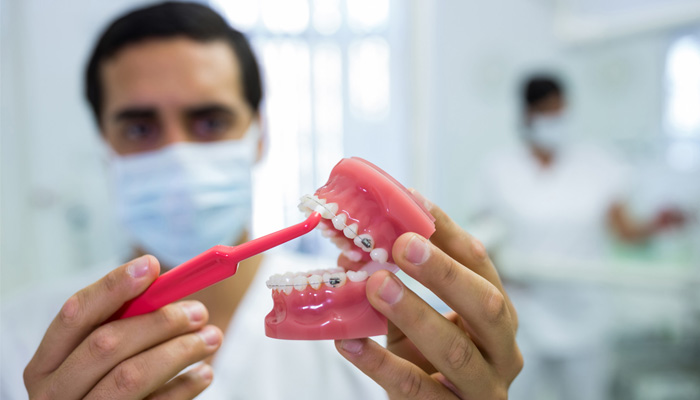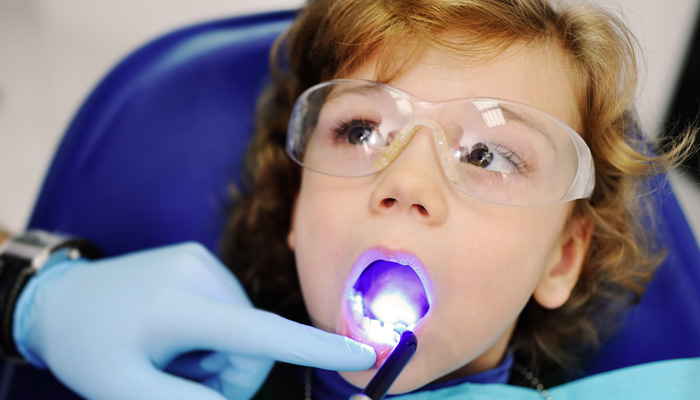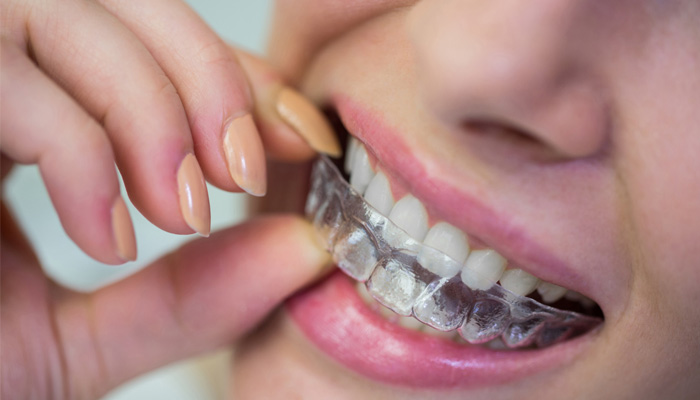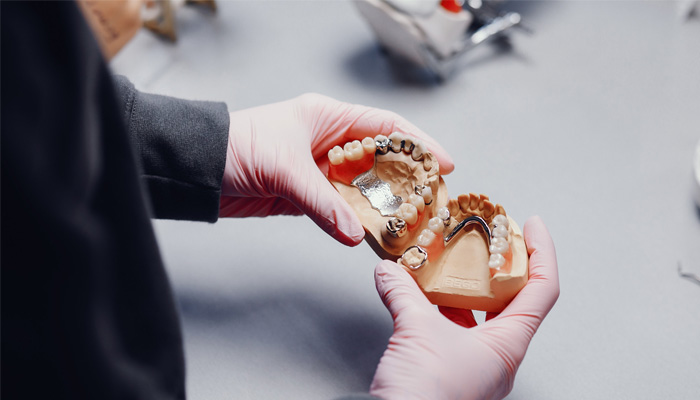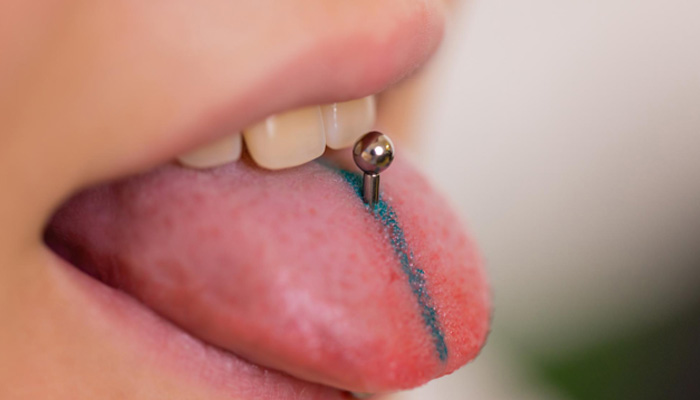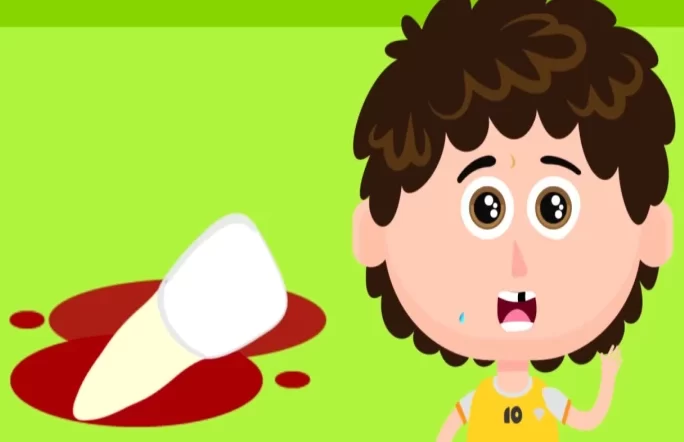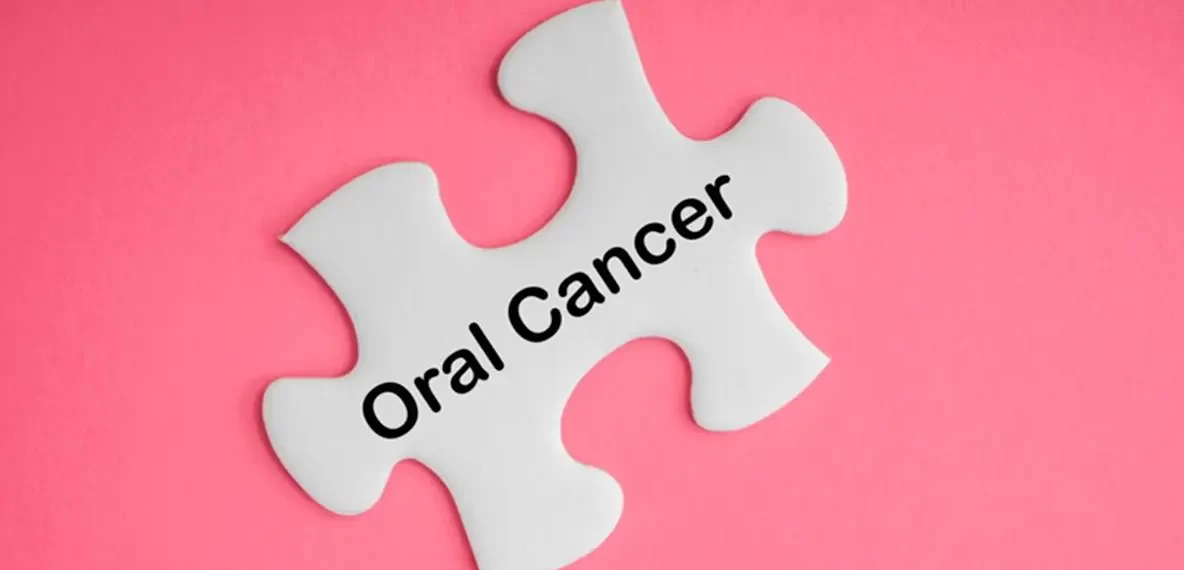Fluoride is a mineral found in water and other resources such as toothpaste, mouth rinses, and vitamin supplements that helps children develop strong and healthy teeth and prevent tooth decay. Cavities caused by tooth decay caused by bacteria in the mouth can be prevented by the use of fluoride, which prevents the breaking down of the enamel. Fluoride can only reverse tooth decay and prevent the formation of new cavities; it cannot repair the cavities.
Using fluoride toothpaste that contains 1350 to 1500 ppm of fluoride is effective in treating tooth decay. For children below 3 years, at least 1000 ppm of fluoride toothpaste, the size of a grain of rice, and for children up to 6 years, pea-sized toothpaste, are used to brush the teeth twice a day.
Types of Dental Fluoride Treatments
Dental fluoride treatments are of different types. These include:
- Fluoride Mouth Rinses: This treatment is prescribed for children above 8 years of age and adults with tooth decay. Fluoride mouth rinses are used in addition to brushing with a fluoride toothpaste that contains at least 1350 ppm fluoride. Mouth rinses are done at different times, in addition to regular brushing of teeth to avoid washing away of the fluoride toothpaste that can result in the reduction of its benefits.
- Fluoride Varnish: This treatment can be prescribed for both baby and adult teeth. In this treatment, a coating of fluoride is applied on the surface of the tooth at least twice a year to prevent tooth decay. It helps in strengthening tooth enamel and making the tooth resistant to decay.
- Fluoride Gels: This treatment is prescribed for children above 6 years of age and to adults. The fluoride gel can be applied to the teeth with the help of a tray by placing the gel on it and biting it for about four minutes. This can be done once a year or several times a year based on the age and severity of tooth decay.








